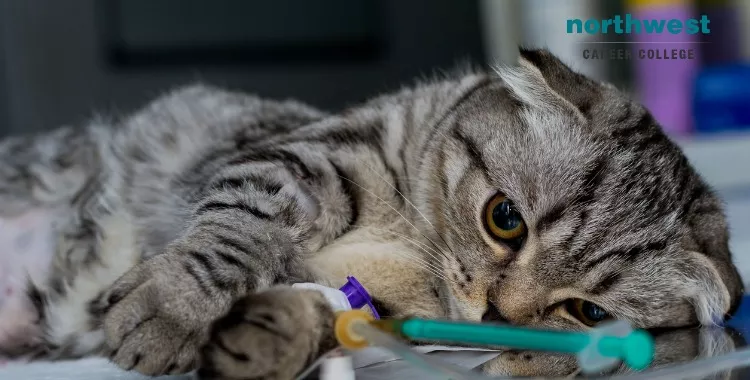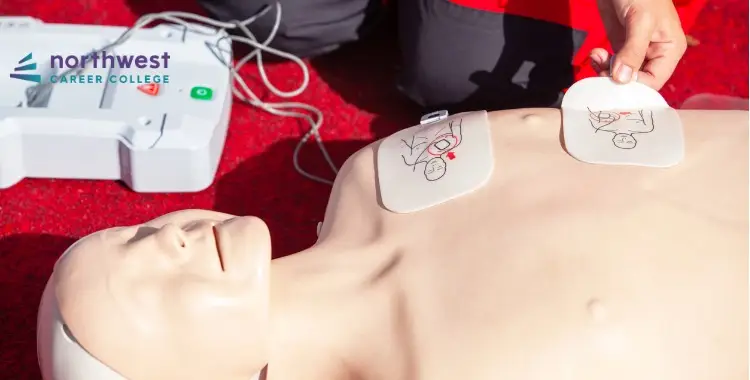How To Perform Pet CPR?
- CPR
- July 10, 2024
- 3.6k views
- 3 min read

For most of us, our pets are part of our family. Learning how to perform First Aid and Cardio Pulmonary Resuscitation (CPR) on them is as important as it is with children and infants.
In this article, we’ll be looking at the step required to perform pet CPR, as set out by The People’s Dispensary for Sick Animals, a leading animal charity.
Read More: What Are the 5 Critical Components of CPR?
Table of Contents
How to Check If Your Pet Needs CPR?
The first step to determining if your pet needs CPR is to pay attention to your ABCs, in this case, airway, breathing, and circulation.
To check your pet’s airway:
- Pull the tongue forward.
- Check there is nothing in the throat.
- If there is something blocking the airway, remove it.
To check their breathing:
- Look and listen. Are they breathing? Can you see the chest rising and falling of feel breath coming from the nostrils?
- If they’re not breathing, immediately check for a heartbeat.
To check their circulation:
- Place your hand or ear over the chest, where the elbow meets the ribcage. Can you feel/hear a heartbeat?
- If you are sure there is no heartbeat, start CPR.
Performing CPR On Your Pet
Once you have determined that your pet needs CPR, use the following steps:
- Place your pet on their right side on a firm, flat surface. Dogs with barrel-shaped chests need to be lying on their backs and CPR compressions are done at the midpoint of the chest.
- Compress the chest at 2 per second at the widest part of the chest. (Remember the song ‘Staying Alive’ – doing it to this beat is about right.)
For large dogs, use both hands interlocked.
For small dogs, use one hand.

For cats use one hand to compress the chest from both sides while they are lying on their side.
- Each compression should depress the chest by half to two thirds and the chest should be allowed to return to the normal position after each compression
- Keep your arms straight and if you have someone with you, swap regularly as the process is very tiring.
- After 30 compressions, extend their neck, close the mouth and blow down their nose. Give 2 breaths of 1 second, allowing 1 second for the chest to fall.
- It is possible to create a seal with your mouth around a small dog’s noses, but for larger dogs, you need to close the sides of the nostrils with your hand and blow down the nostrils from the front.
- Check for a heartbeat
- If the dog is still not breathing and there is no heartbeat, repeat the process – giving 30 compressions and 2 breaths – until veterinary help arrives or until the heartbeat and breathing return.
- Even if your pet’s heartbeat and breathing return, you should take your pet to the vet as soon as is possible.
Learn To Save Lives Yourself
Here at Northwest Career College, we are committed to providing affordable, quality CPR Classes to the Las Vegas community. We pride ourselves on being an American Heart Association (AHA) testing center and we offer Las Vegas CPR classes designed to fit your personal needs and professional schedule.
As part of our “student-focussed” approach to education we also off our CPR classes free of charge to all of our students. Call us today at (702) 403-1592 to book your CPR class and become qualified to save a life in just four hours!



